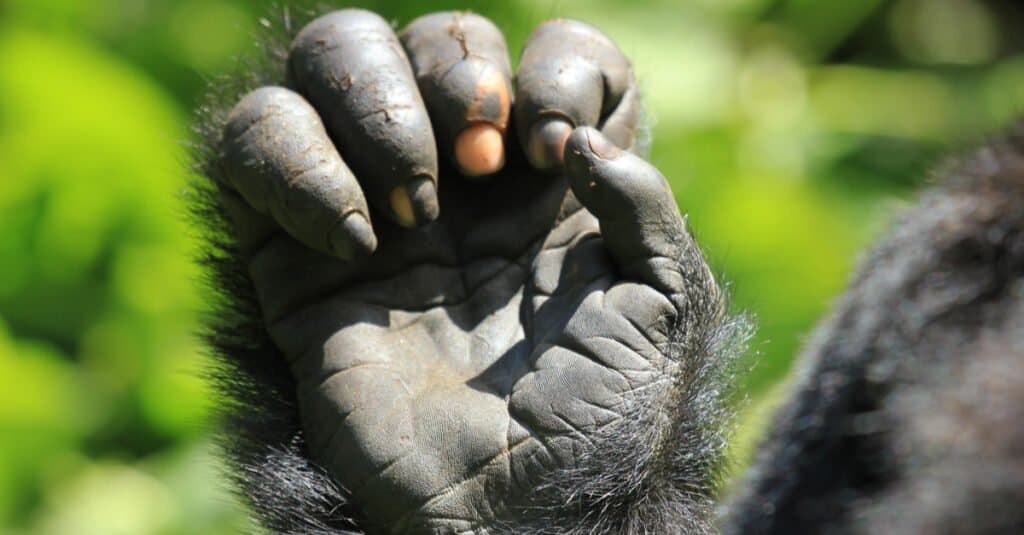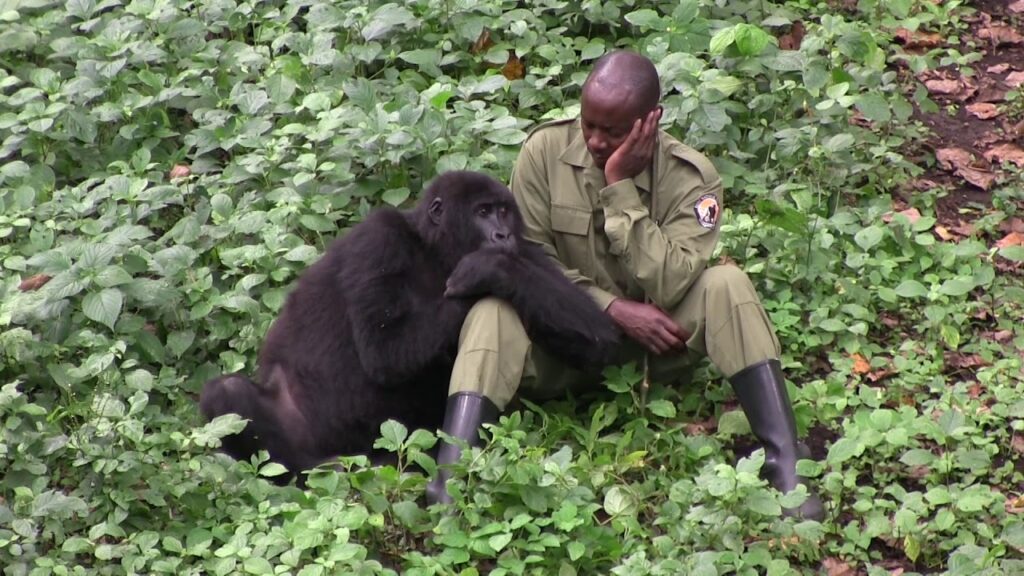How Closely Related to Gorillas Are Humans
How Closely Related to Gorillas Are Humans, What is the Genetic Relationship Between Humans and Gorillas? Humans are more closely connected to gorillas than to any other species in the wild, according to experts who assert that humans have a closer evolutionary lineage with African great apes .The recent sequencing of gorillas and chimpanzees has validated that hypothesis and offered a more lucid understanding of our connections. It is particularly beneficial to observe our strong genetic relationship with certain living organisms, primarily chimpanzees and bonobos, which share nearly 99% of our DNA, alongside mountain gorillas, which share 98%.

However, that segment of unshared DNA significantly impacts capabilities, such as the capacity to strategize trips to Mars. Furthermore, scientists have found it challenging to ascertain how our unique DNA influences genetic function. For instance, analyzing the 33% of our genome responsible for coding proteins alongside the genomes of our relatives indicates that, despite the overall minimal genetic divergence, the individual variations permeate the genome, consequently influencing each of our chromosomes in several ways.
To be human means to be a primate, as humans, chimpanzees, gorillas, vervets, and others share a common ancestor and are closely related on the evolutionary tree. The ancestors of Homo sapiens separated from different primates at various times, indicating a tight relationship with some primate species. Our relationship to other primates can be assessed in two ways: temporally and genetically.
In this instance, our ancestors diverged from chimpanzees, our closest cousins, along with bonobos, throughout the years. We separated from gorillas many millions of years ago.
Humans share almost 99% of their DNA with chimpanzees genetically. Chimpanzees are predominantly human-like. However, in genetics, certain alterations are more significant than others. Humans share around 98% of their DNA with mountain gorillas, indicating that we are more closely related to chimpanzees than to gorillas. Nonetheless, analyzing DNA remains challenging. We are indeed closely linked to our primate relatives.

Genetic Disparities Between Humans and Gorillas
The researchers have identified a singular difference: a gorilla gene that likely facilitates the development of an additional layer of keratin in the animal’s skin; this protein, which constitutes fingernails, supports the gorilla’s characteristic knuckle-walking behavior. In which people appear to be devoid of this genetic variation.
A distinct gene in human sperm facilitates competition against the sperm of other males. In gorillas, those genes are dormant.
Gorillas inhabit social groups consisting of one male and multiple females, akin to human households. Consequently, there is less potential for sperm competition.
Human Proximity to Gorillas Gorilla Trekking Expeditions
Certain genes associated with dementia and heart failure in both humans and gorillas have been identified by researchers, however they do not pose a threat to gorillas.
To conserve these gorillas, a meticulous comprehension of their population dynamics is essential. We cannot accomplish it without the capacity to monitor individual mammals via their DNA.
Recent research estimate that the evolutionary lineages of gorillas and humans diverged approximately 12 million to over 8.5 million years ago.
Gorillas inhabit lowland and mountainous tropical rainforests in central Africa and are the largest primates globally, belonging to the same group as monkeys, apes, and humans. Adult males weigh approximately 440 pounds (200 kilograms). Mountain gorillas are exclusively located in three adjacent nations in Africa: Uganda, Rwanda, and the Democratic Republic of Congo.
Additionally, gorillas devote their day to consuming stems, bamboo shoots, and fruits. Their numbers are endangered due to human activities like as habitat loss and hunting for bushmeat.
Alternative methods that demonstrate the similarities between gorillas, chimpanzees, and humans.
These primates exhibit laughter when stimulated by tickling.
They dedicate their lifetime to play, social interaction, and cultivating a robust maternal-infant relationship.
Although the human brain is larger, it bears similarities to that of a chimpanzee. This indicates that chimpanzees possess the ability for rational cognition and generalization.
The chimpanzee’s anatomy closely resembles that of a human. This indicates that we possess identical skeletal structures, musculature, neural systems, and an equivalent count of digits on our hands and feet.
Chimpanzees possess an active sense of sight, smell, hearing, and touch similar to that of humans.
They utilize body language for communication akin to humans. Chimpanzees engage in kissing, hugging, patting, hand-holding, and fist-shaking. Additionally, exhibit a spectrum of emotions such as joy, sadness, fear, and empathy.
